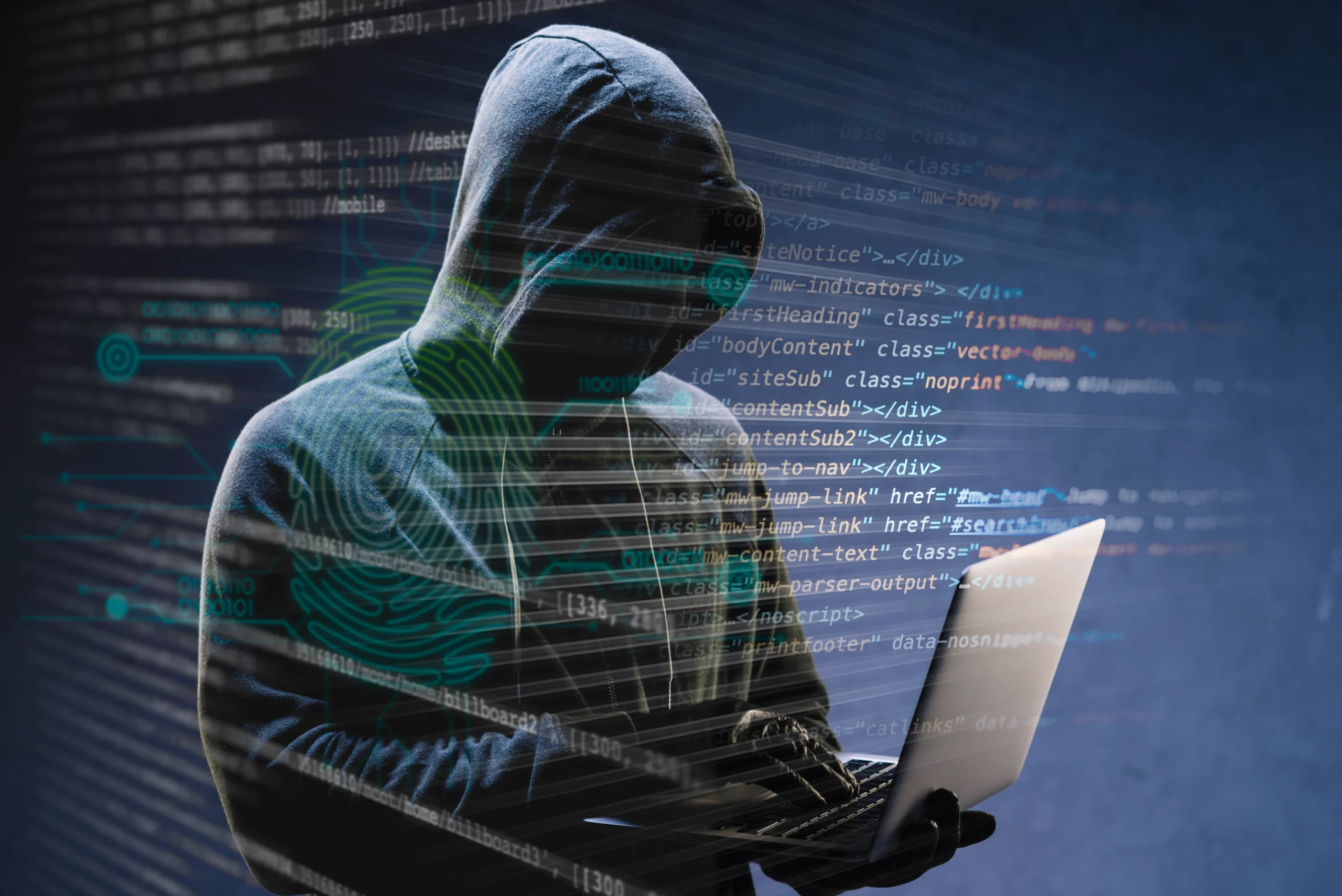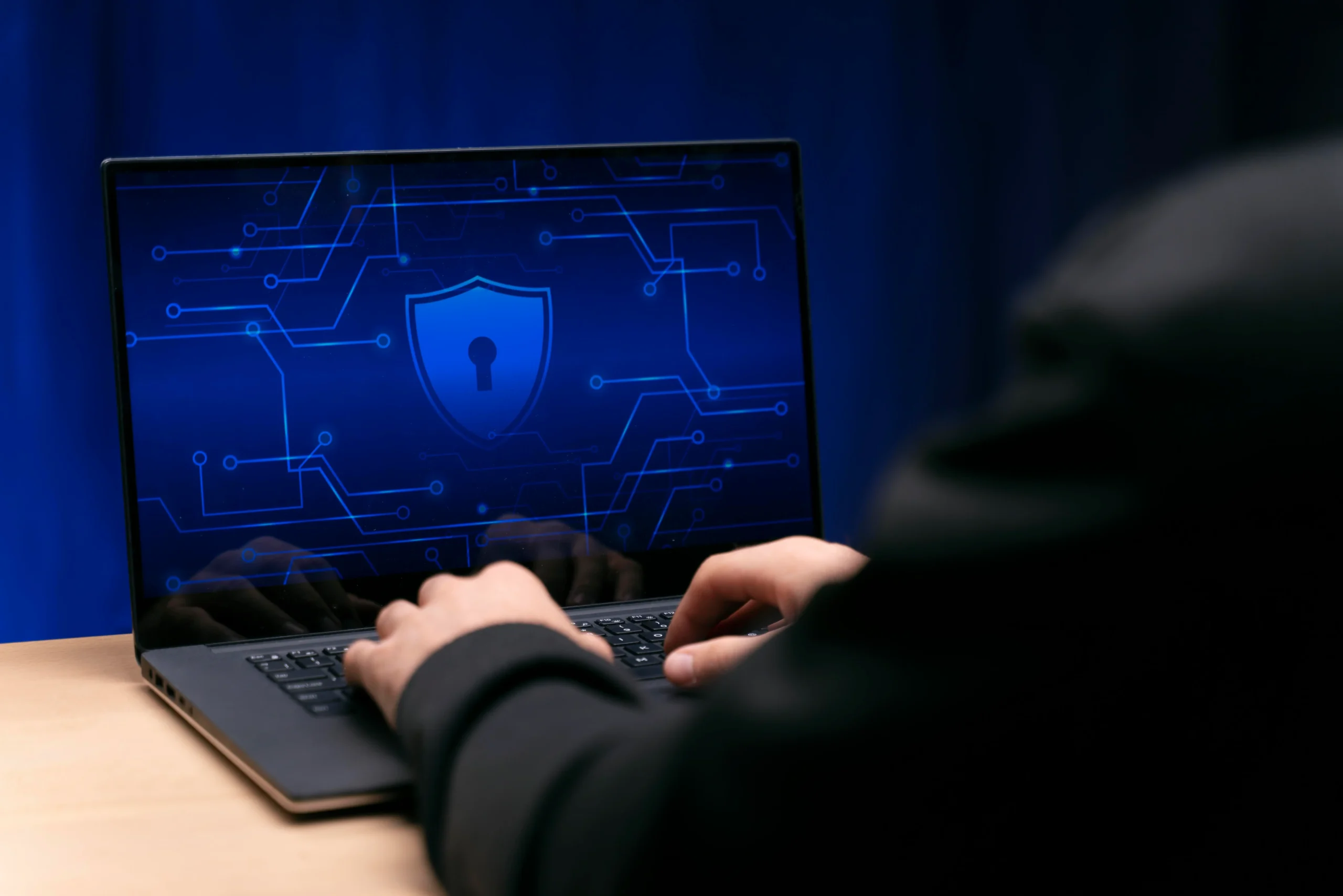Cyber threats in 2025 are more advanced than ever, making strong cybersecurity a necessity, not a choice. With the rise of AI powered cyberattacks, deepfake scams, and next gen ransomware, businesses and individuals must adopt the best cybersecurity practices in 2025 to stay protected.
From zero trust security models to real time AI threat detection, modern cyber defense strategies are evolving to counter emerging risks. Whether you’re safeguarding personal data or securing an enterprise network, this guide covers essential online safety tips, advanced encryption methods, and the latest cybersecurity trends to keep you one step ahead of hackers. Let’s dive in and strengthen your digital security! 🔒🚀
Best Cybersecurity Practices in 2025: Stay Secure in the Digital Age
Top Cybersecurity Practices in 2025
Cyber threats are smarter, making security essential. The best cybersecurity practices in 2025 include AI powered threat detection, zero trust security, multi factor authentication (MFA), and encrypted cloud storage. Protect your data from ransomware, phishing, and identity theft with cutting edge strategies.
1. Zero Trust Security Model
Adopt zero trust architecture never trust, always verify. Use biometric authentication, role based access, and AI driven verification to stop unauthorized access.
2. AI Powered Threat Detection
Cybercriminals use AI, so fight back with real time AI monitoring, machine learning security, and automated response systems to detect and prevent cyber threats.
3. Multi Factor Authentication (MFA) & Passwordless Security
Secure logins with biometric scans, OTPs, and hardware keys. Move to passwordless authentication with FIDO2, fingerprint, and facial recognition for stronger security.
4. Cloud Security and Data Protection
Protect cloud data with end to end encryption, AI driven access controls, and secure cloud backup strategies. Use firewalls and intrusion detection systems (IDS) to block cyberattacks.
5. Ransomware Protection & Backup Strategies
Prevent ransomware with AI based detection, offline backups, and the 3 to 2 to 1 data strategy. Train users to spot phishing emails and malicious downloads before attacks happen.
6. IoT Security for Smart Devices
Secure IoT gadgets with firmware updates, encrypted connections, and network segmentation. Use AI driven threat detection and strong password policies to block hackers.
7. Cybersecurity Awareness Training
Educate users on phishing scams, social engineering, and deepfake threats. Run simulated cyber drills and real time security awareness programs to reduce risks.
8. Endpoint & Mobile Security
Protect smartphones and laptops with VPN encryption, AI driven malware protection, and remote wipe capabilities. Keep software updated to close security gaps.
The Growing Need for Cybersecurity in 2025
Rising Cyber Threats: Ransomware, Phishing, and AI Driven Attacks
Cyberattacks are becoming more advanced in 2025. Ransomware attacks are targeting businesses, encrypting data, and demanding huge payments. Phishing scams are more sophisticated, using AI to mimic real users. Deepfake scams are spreading false information, fooling security systems. AI driven hacks are breaking traditional defenses, making cybersecurity more crucial than ever.
Zero Trust Security: The Future of Protection
The Zero Trust security framework is now essential. It ensures that no user or device is trusted by default. Companies are implementing multi factor authentication (MFA), endpoint detection, and real time monitoring to prevent unauthorized access. As cybercriminals bypass old security measures, organizations must adopt this strict approach to protect sensitive data.
The Impact of Remote Work, IoT, and Cloud Computing
With remote work increasing, businesses rely on cloud security and virtual private networks (VPNs) to protect data. Internet of Things (IoT) devices create new vulnerabilities, exposing networks to cyber risks. Cloud computing is essential for businesses, but misconfigured cloud storage leads to data breaches. Strong encryption, firewalls, and AI driven security tools are necessary to safeguard digital assets.
Essential Cybersecurity Practices for Individuals & Businesses
1. Implementing Zero Trust Security Model
The zero trust model follows the principle of “Never trust, always verify.” This approach requires continuous authentication and AI driven security solutions. Organizations use biometrics, AI based monitoring, and strict role based access controls to secure data. Endpoint protection is critical for remote workers, ensuring every device is verified before access is granted.
2. AI Powered Threat Detection & Response
AI enhances cybersecurity by identifying, preventing, and mitigating cyber threats in real time. Automated security systems detect malware, monitor network activity, and respond to anomalies instantly. AI powered behavioral analytics flag suspicious activities, reducing the risk of cyberattacks. Businesses rely on machine learning algorithms to enhance threat intelligence and response strategies.
3. Multi Factor & Password less Authentication
Traditional passwords are weak security points. Multi factor authentication (MFA), biometrics, and hardware security keys provide stronger protection. Secure login methods like FIDO2, facial recognition, and device based authentication enhance security. Password less authentication is the future, eliminating phishing risks and credential theft.
4. Data Encryption & Secure Cloud Storage
End to end encryption protects files, emails, and communications from cyber threats. Cloud security best practices include zero trust access, encrypted backups, and AI based monitoring. Secure access controls prevent data leaks by restricting unauthorized access. AI driven security enhances cloud storage protection, reducing vulnerabilities.
5. Ransomware Protection & Backup Strategies
Ransomware attacks are rising, making prevention and recovery essential. AI powered ransomware detection helps identify and stop threats before they spread. Immutable backups prevent data loss, ensuring recovery is possible. The 3 2 1 backup strategy keeping three copies of data on two different media, with one offsite ensures critical data is always available.
6. IoT Security & Smart Device Protection
Smart devices are common attack targets. Network segmentation, regular firmware updates, and AI driven monitoring enhance IoT security. Businesses secure smart home systems and IoT networks by using firewalls and intrusion detection. Preventing IoT based botnet attacks requires strong authentication and encrypted communication.
7. Cybersecurity Awareness & Employee Training
Human error is the biggest cybersecurity risk. Regular phishing awareness campaigns and security drills reduce cyber threats. Employees must be trained to recognize deepfake scams, social engineering attacks, and malicious emails. Cyber hygiene practices, such as safe browsing habits and strong passwords, improve overall security.
8. Securing Mobile & Endpoint Devices
Protecting smartphones, laptops, and remote work devices is crucial. VPN encryption ensures secure internet access. AI powered malware detection prevents cyberattacks on endpoints. Remote wipe features help secure lost or stolen devices. Regular OS and security updates keep systems protected from vulnerabilities.
The Future of Cybersecurity: What’s Next?
Cybersecurity is evolving rapidly as threats become more advanced. In 2025, new technologies are reshaping digital protection. Businesses and individuals must adapt to stay secure. Let’s explore the next big trends in cybersecurity.
The Rise of Quantum Resistant Encryption
Quantum computing threatens traditional encryption methods. Hackers could break RSA and ECC encryption within minutes. To combat this, quantum resistant encryption is emerging.
Post quantum cryptography (PQC) ensures data security in a quantum driven world. Organizations are shifting to lattice based cryptography and hash based signatures. These next gen encryption techniques prevent cyber threats from quantum attacks.
AI Powered Security Automation and Self Healing Networks
Artificial intelligence (AI) is revolutionizing cybersecurity. AI powered security automation detects threats in real time. Machine learning algorithms analyze network behavior to predict cyberattacks.
Self healing networks can identify vulnerabilities and fix them automatically. AI driven security reduces human errors and speeds up incident response. Businesses are adopting zero trust frameworks with AI based threat intelligence.
Web3 and Decentralized Security Solutions
Web3 is transforming data protection with decentralized security solutions. Blockchain based authentication removes single points of failure. Decentralized identity (DID) ensures user privacy without relying on central databases. Smart contracts automate cybersecurity policies, reducing the risk of data breaches. Web3 security enhances trust in digital transactions, making cybercrime harder.
The Road Ahead
Cybersecurity is entering a new era of quantum resistant encryption, AI driven automation, and Web3 security. Organizations must upgrade their security strategies to defend against modern cyber threats. The future demands proactive measures, cutting edge technology, and constant adaptation. Staying ahead in cybersecurity ensures data protection in the digital age.
FAQs:
Q1. What are the best cybersecurity practices in 2025?
The top cybersecurity practices include zero trust security, AI powered threat detection, multi factor authentication (MFA), and strong encryption. Regular updates, secure cloud storage, and cybersecurity awareness training are also essential.
Q2. How can I protect my personal data from cyber threats?
Use password managers, end to end encryption, two factor authentication (2FA), and VPNs. Keep software updated and avoid clicking on suspicious links or attachments.
Q3. What is zero trust security, and why is it important?
Zero trust security follows the “never trust, always verify” approach. It ensures all users and devices must authenticate continuously before accessing sensitive data, reducing the risk of cyberattacks.
Q4. How does AI help in cybersecurity?
AI enhances security by detecting cyber threats in real time, analyzing patterns, and automating responses. AI driven security tools can block ransomware, phishing attacks, and malware before they cause damage.
Q5. What is the safest way to store sensitive data in 2025?
The best methods include encrypted cloud storage, blockchain security, AI driven access controls, and offline backups. Always use strong multi layered encryption to prevent unauthorized access.
Q6. How can I prevent ransomware attacks?
Avoid downloading unverified files, use AI powered antivirus software, enable offline backups, and never click on phishing emails. Regularly update your firewall and security patches.
Q7. How can I secure my mobile phone from cyber threats?
Use biometric authentication, encrypted messaging apps, and VPNs. Keep your OS and apps updated and avoid installing software from unknown sources.
Q8. What are the biggest cybersecurity threats in 2025?
The biggest threats include AI powered phishing scams, deepfake frauds, ransomware, supply chain attacks, and IoT vulnerabilities. Staying informed and using advanced security tools is crucial.
Q9. How can businesses improve their cybersecurity in 2025?
Companies should implement zero trust security, AI based threat detection, cloud encryption, and cybersecurity training programs for employees. Regular security audits and strong endpoint protection are also necessary.
Q10. What are the best cybersecurity tools for individuals in 2025?
Top tools include AI based antivirus software, password managers, VPNs, encrypted email services, and multi factor authentication apps. Using secure cloud storage with encryption is also recommended.
Conclusion:
Cybersecurity in 2025 is more critical than ever. With rising threats like AI driven attacks, ransomware, and phishing scams, staying protected requires zero trust security, multi factor authentication, AI powered threat detection, and strong encryption.
Businesses and individuals must adopt secure cloud storage, endpoint protection, and regular cybersecurity training to stay ahead. By following these best practices, you can safeguard your data, privacy, and digital assets from evolving cyber threats. Stay informed, stay secure! 🚀🔒




